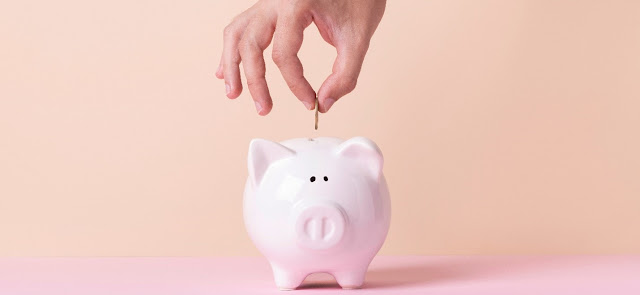Savings as a habit in India
Building up a healthy savings account is one of the finest methods to take control of your finances in the unstable economy of today. Usually, people have about six months to one year’s worth of salary in savings. The situations to tide over include job loss, disability, accident, sickness in the family, and other types of financial emergencies. Saving provides a financial backup for life’s uncertainties and increases feelings of security and peace of mind. Once an adequate emergency fund is established, savings can also provide the fund for investing in higher returns yielding investments such as stocks, bonds, and mutual funds.
Savings are associated with more pleasure, according to a recent study by the insurance company Northwestern Mutual. According to the study, those who "plan" and take future-oriented actions, such as setting goals and taking action (for example, saving money) to attain those goals, feel happier and more satisfied with their life than those who don't. On a related note, another study shows that people who plan their savings and spending, particularly low-income individuals, and those with a spending plan with goals were far more likely to have saved money for emergencies than those without a plan.
Findings like these are attributed by economists and psychologists to people's sense of control when they prepare in advance and know what to do to get from where they are to where they want to be. Research has shown that persons who feel in charge of their lives tend to be happier, cope better, and have greater stress resistance than other people. Conversely, people are especially unhappy in situations where they perceive themselves to have a lack of control.
Encouraging people to develop and implement a personal saving plan is our central focus.
Sometimes the hardest thing about saving money is just getting started. This step-by-step guide can help you develop a simple and realistic strategy, so that you can save for all your short- and long-term goals.
1. Record your expenses
The first step in saving money is to calculate your current spending. Keep a record of all your spending, including normal monthly expenses as well as purchases of tea/coffee, home goods, and transportation. Start recording all your expenses, however minor they are, using a pen and paper, a spreadsheet, or an app on your mobile phone. Once you have your data, group the figures into categories like transportation, groceries, rent, and EMIs before adding up each sum. Make sure you've included everything by consulting your credit card and Bank statements.
2. Include saving in your budget
You can start making a budget now that you are aware of how much money you spend each month. In order to organize your spending and prevent overspending, your budget should illustrate how your expenses compare to your income. Make sure to account for costs like vehicle maintenance that happen frequently but not every month. Include a savings category in your spending plan and try to save money up to a level that feels comfortable to you at first. Eventually, aim to increase your savings by up to 15–20% of your income.
3. Find ways to cut spending
It could be time to make spending cuts if you aren't able to save as much money as you would want. Determine the non-essentials you can do without, such as entertainment and eating out. Look for ways to cut costs on your fixed monthly bills as well, such as your transportation expenses, cell phone plan, and electronic items purchased. Other suggestions for reducing daily spending include:
- Search for free activities: Use resources, such as local community event listings, to find free or low-cost entertainment.
- Review recurring charges: Cancel subscriptions and memberships you don’t use - especially if they renew automatically.
- Examine the cost of eating out vs. cooking at home: Plan to eat most of your meals at home, and research local restaurant deals for nights that you want to treat yourself.
- Wait before you buy: When tempted by a nonessential purchase, wait a few days. You may realize the item was something you wanted rather than needed. You can develop a plan to save for it.
4. Set savings goals
One of the best ways to save money is to set a goal. Start by thinking about what you might want to save for—both in the short term (one to three years) and the long term (four or more years). Then estimate how much money you’ll need and how long it might take you to save it.
Having your own savings means you can get access to the help you need when you need it. Most importantly, it means that you can live life comfortably, on your own terms. Plus, having savings also helps you have the down payment you may need to buy what you had planned in your goals.




Comments
Post a Comment